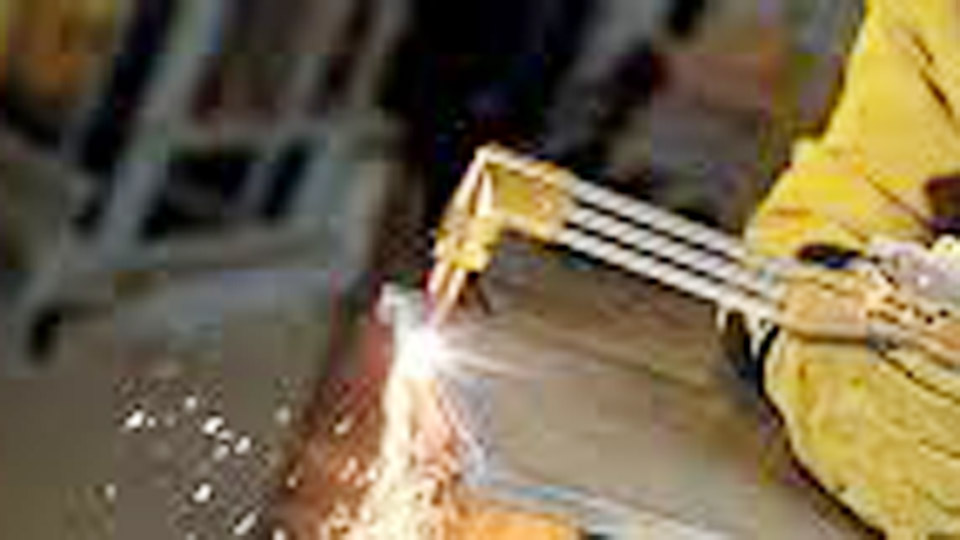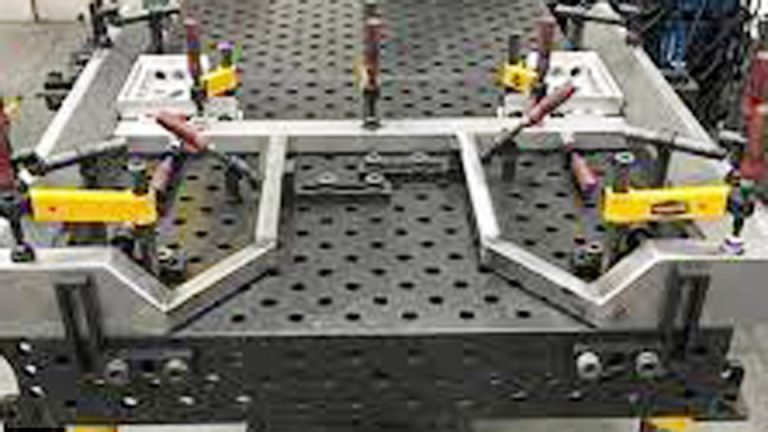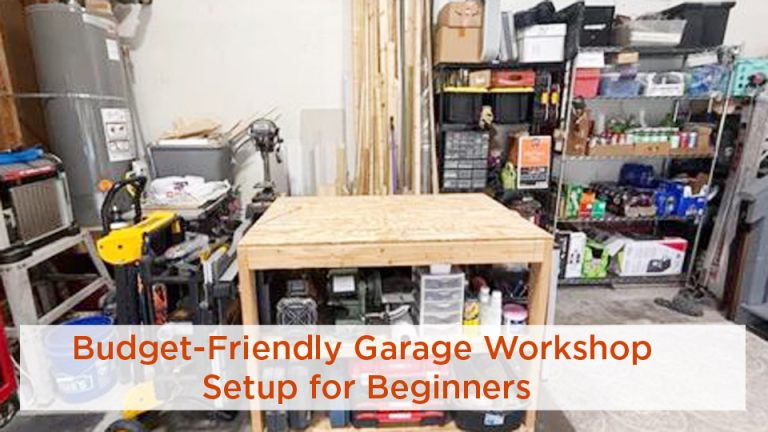I can’t tell you how many times I’ve seen new welders struggle with flames that are either too weak to penetrate thicker metal or too aggressive, leaving the joint brittle and full of porosity. Back when I first started learning how to adjust an oxy-fuel welding torch properly, I made the same mistake—thinking it was just about opening the valves and striking an arc.
In reality, dialing in the right oxygen and acetylene balance is as critical as choosing the right filler rods in TIG or setting amperage for stick welding. Too much oxygen, and you risk overheating thin sheet metal; too much fuel, and you’ll end up with a dirty, unstable flame that ruins your weld quality and wastes gas.
Getting this adjustment right not only improves bead appearance and penetration but also ensures safety, structural strength, and cost-efficiency in every weld. If you’ve ever wondered why your torch sputters, your flame pops, or your welds don’t hold the way they should, stick around—I’ll break down step-by-step how to tune your torch.

Image by esab
Oxy-Fuel Welding Basics
Oxy-fuel welding, often called oxy-acetylene or gas welding, mixes oxygen and a fuel gas like acetylene to create a hot flame for joining metals. It works by heating the metal to its melting point and adding filler rod if needed. You use it when you need portability, like on remote job sites, or for precise work on thin materials.
Why bother with oxy-fuel in a world of MIG and TIG? It’s versatile—you can weld, cut, braze, or heat with the same setup. I use it for everything from repairing farm equipment to custom motorcycle frames. But the key is proper adjustment: a balanced flame ensures even heat distribution, preventing warping or weak spots.
If you’re new, start with mild steel—it’s forgiving. For pros, remember: always match your process to the material. Aluminum needs flux, stainless requires back-purging to avoid oxidation.
I rushed a setup on a cold morning and ended up with a carburizing flame that left carbon deposits everywhere. Cleaned it up, but it cost me an hour. Lesson: take your time understanding the basics.
Essential Equipment for Oxy-Fuel Torches
Your oxy-fuel torch setup isn’t complicated, but quality matters. You’ll need oxygen and acetylene cylinders—secure them upright with chains to avoid tipping. Regulators control pressure: green for oxygen, red for acetylene. Hoses connect everything—green for O2, red for fuel, with check valves to prevent backflow.
The torch handle has valves for fine control, and tips vary by job: small for welding, larger for cutting, rosebud for heating. Don’t forget flashback arrestors—they stop flames from traveling back to the tanks. I swear by them after a close call years ago.
For US shops, stick to CGA-standard connections. Brands like Victor or Harris are reliable. Pro tip: Inspect O-rings and seats before every use; a tiny nick can cause leaks.
Safety gear is non-negotiable: shade 5 goggles, leather gloves, flame-resistant jacket, and a fire extinguisher nearby. In my shop, I keep a soap solution handy for leak checks—simple but effective.
Safety Precautions Before Adjusting Your Torch
Safety isn’t optional—it’s your first step. Oxy-fuel deals with high-pressure gases that can explode if mishandled. Always work in a ventilated area; fumes from heating metal can mess with your lungs.
Secure cylinders away from heat or sparks. Open valves slowly—oxygen fully, acetylene no more than 1.5 turns. Back out regulator screws before opening cylinders to avoid pressure surges.
Install flashback arrestors at regulators and torch. Leak test every connection with soapy water—bubbles mean trouble. Never use oil on oxygen fittings; it can ignite.
Personal anecdote: Early in my career, I skipped a leak test and heard a hiss mid-weld. Shut it down fast, but it could’ve been bad. Now, I double-check everything. For students, follow AWS guidelines; pros, know your shop’s OSHA rules.
Wear PPE: no synthetics that melt, and keep long hair tied back. If something feels off, stop—better safe than sorry.
Step-by-Step Guide to Setting Up Your Oxy-Fuel Torch
Let’s break this down like I’m showing a new trainee. First, inspect cylinders for damage. Clean valve outlets with a rag—no blowing dust into regulators.
Attach regulators: oxygen to the green hose, acetylene to red. Tighten with a wrench, but don’t overtighten—brass threads strip easy.
Connect hoses to torch: oxygen to the right-hand thread, acetylene to left. Install tip based on job—#00 for fine welding, #3 for cutting 1/2-inch steel.
Pressurize: Close torch valves. Open oxygen cylinder slowly to full, set regulator to 10 PSI initial. Open acetylene 3/4 turn, set to 5 PSI.
Purge lines: Open each torch valve separately for 3-5 seconds to clear air or debris. Close them.
Leak test: Brush soapy water on all joints. No bubbles? Good to go.
This setup takes 5 minutes but saves headaches. For cutting torches, add the cutting attachment with its oxygen lever.
How to Light and Adjust the Flame
Lighting is where the magic happens—or the mistakes. Stand to the side, striker in hand.
Open acetylene valve 1/2 turn. Strike to ignite—flame will be yellow and smoky. Increase acetylene until smoke clears, flame jumps off tip, then back it down till it seats.
Open oxygen valve slowly. Adjust until you get a neutral flame: sharp blue inner cone, no hiss or feather.
For fine-tuning, watch the cone—too much acetylene makes it feathery (carburizing), too much oxygen makes it short and hissy (oxidizing).
I once lit with a lighter instead of a striker—singed my glove. Always use a striker; it’s safer.
If backfire happens (pop and out), relight. Flashback (squeal)? Shut down immediately, check arrestors.
Practice on scrap: adjust while watching the puddle form evenly.
Types of Flames and When to Use Them
Flame type dictates your results. Neutral flame: equal oxygen and fuel, 5600°F, blue cone. Use for most welding—clean, no oxidation or carbon addition.
Carburizing (reducing) flame: excess acetylene, feathery outer envelope. Softer heat for brazing or welding high-carbon steel; prevents brittleness.
Oxidizing flame: excess oxygen, shorter cone with hiss. Hotter for cutting or welding copper; but avoid on steel—it causes porosity.
Switch by tweaking valves: more acetylene for carburizing, more oxygen for oxidizing.
In my shop, I use neutral 90% of the time. For a brass fitting repair, carburizing saved the day—kept it from oxidizing.
Tip: For students, learn by sight and sound; pros, adjust based on metal response.
Recommended Pressure Settings for Different Tasks
Pressures vary by tip and job. Never exceed 15 PSI acetylene—it’s unstable above that.
For welding thin sheet: 3-5 PSI acetylene, 3-5 PSI oxygen, small tip.
Cutting 1/4-inch steel: 5 PSI acetylene, 20-25 PSI oxygen.
Heating with rosebud: 7-10 PSI acetylene, 10-20 PSI oxygen.
Brazing: 5 PSI each.
Adjust based on flame: if sluggish, up the pressure; if popping, down.
From my experience, start low and creep up. On a thick beam job, I hit 10 PSI acetylene and 40 PSI oxygen for clean cuts.
Check manufacturer charts—Victor’s got good ones for US standards.
Common Mistakes in Torch Adjustment and How to Fix Them
Biggest blunder: not purging lines—leads to pops or uneven flames. Fix: Always purge before lighting.
Wrong pressures: Too high acetylene risks explosion. Stick under 15 PSI.
Dirty tips: Clogged holes mess with flow. Clean with tip cleaners regularly.
Lighting with oxygen open first: Causes pops. Always acetylene first.
I messed up once with a dirty tip—flame wandered, ruined a weld. Now, I clean after every session.
For DIYers, don’t rush adjustment; watch the flame closely. Pros, calibrate regulators yearly.
Pros and Cons of Oxy-Fuel Welding Compared to Other Processes
Oxy-fuel shines in portability—no power needed. Pros: Versatile for welding, cutting, heating; cheap setup; great for thin metals.
Cons: Slower than MIG; higher distortion from heat; not ideal for thick sections or aluminum without flux.
Vs. TIG: Oxy-fuel is cheaper but less precise. Vs. Stick: Better for thin stuff, but stick handles dirty metal better.
In my fab work, oxy-fuel’s my go-to for fieldwork; MIG stays in the shop.
Comparison Table of Flame Types
Here’s a quick table I use in training:
| Flame Type | Characteristics | Temperature | Best For | Pros | Cons |
|---|---|---|---|---|---|
| Neutral | Sharp blue cone, no feather/hiss | ~5600°F | General welding, cutting | Clean welds, versatile | None major |
| Carburizing | Feathery envelope, softer | ~5400°F | Brazing, high-carbon steel | Reduces oxidation | Adds carbon, sooty |
| Oxidizing | Short cone, hissing sound | ~5800°F | Cutting, copper welding | Hotter, faster cuts | Causes porosity in steel |
Adjust based on your setup—test on scrap.
Real-World Applications in Shops, Homes, and Job Sites
In home shops, oxy-fuel’s perfect for DIY repairs—like fixing a lawnmower frame. Set low pressures for thin metal.
Pro job sites: Cutting rebar or welding pipes. I used it on a construction gig for quick heats to bend beams—rosebud at 10 PSI acetylene did the trick.
Students: Practice on mild steel tee joints; focus on neutral flame for bead consistency.
Industrial: Food-grade stainless needs careful carburizing to avoid contamination.
One story: Helped a buddy in his garage adjust for a custom exhaust—dialed in oxidizing for clean cuts, saved him buying a plasma cutter.
Conclusion
Wrapping this up, properly adjusting your oxy-fuel torch boils down to safety checks, precise setups, and flame tuning for the job. You’ve got the steps for setup, lighting, pressures, and fixes—whether choosing a neutral flame for clean welds or carburizing for brazing. Now you’re ready to pick the right process, avoid common pitfalls, and produce strong, efficient work. Dive in with confidence; practice makes perfect, and your projects will show it.
FAQ
What PSI should I set for oxy-acetylene cutting?
For most cutting, set acetylene to 5-10 PSI and oxygen to 20-40 PSI, depending on material thickness. Start low and adjust based on the flame and cut quality—never exceed 15 PSI on acetylene.
How do I know if my oxy-fuel flame is neutral?
A neutral flame has a sharp blue inner cone with no feathery edge or hissing sound. It’s balanced oxygen and fuel—adjust valves until the cone is defined and the flame is quiet.
Why does my oxy-fuel torch pop or backfire?
Popping often means dirty tips, low pressures, or not purging lines. Clean tips with cleaners, check pressures, and purge before lighting. If it persists, inspect for leaks or damaged arrestors.
Can I use oxy-fuel for aluminum welding?
Yes, but use flux to break the oxide layer and a carburizing flame to prevent oxidation. It’s trickier than TIG, so practice on scrap—low pressures around 3-5 PSI each work best.
What’s the difference between welding and cutting tips on an oxy-fuel torch?
Welding tips are single-hole for a focused flame; cutting tips have multiple preheat holes and a central oxygen jet. Swap them based on the task—welding for joining, cutting for severing metal.



